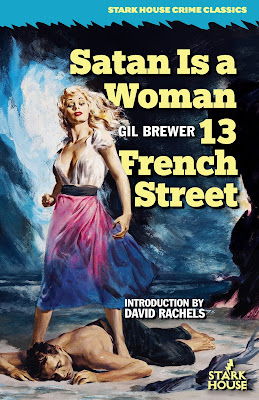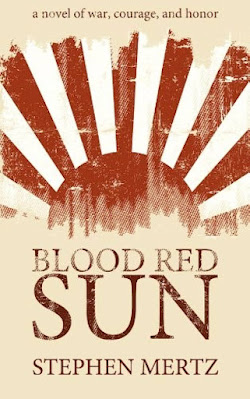Michener's first novel was Tales of the South Pacific (1947), a book based on the author's own experiences in the war. It won the Pulitzer Prize for fiction in 1948 and was adapted into the hit Broadway musical South Pacific. His writing career flourished, eventually selling around 75 million copies with popular historical sagas like Hawaii (1959), Centennial (1974), and Caravans (1963). 15 of the author's books or short stories were adapted to the screen.
My first experience with Michener is The Bridges at Toko-Ri, a 1953 novella that was adapted to film by Paramount Pictures one year later. The film was directed by Mark Robson and starred William Holden, Grace Kelly, and Mickey Rooney. My copy of the book is a 1976 Corgi paperback, a sixth printing that shows prior publications by Bantam in 1962 and Secker & Warburg in 1953.
At 106 pages, Michener's novel explodes with tension, drama, and action as American pilots aboard the USS Savo (named after the real USS Savo Island) plan and execute bombing routes during the Korean War. The book's main character is Brubaker, a frustrated Naval Reserve officer and Naval Aviator who is an attorney back home. He isn't happy about his participation in the Korean War, but understands his talents and the contributions he can make to the war effort. In the book's opening pages, Brubaker's carrier-based jet is downed into the ocean, forcing a fellow aviator named Forney to assist in a rescue.
Both Brubaker and Forney have deep conversations with Admiral Tarrant regarding their missions, brotherhood aboard the ship, and the fact that their assignment – bombing bridges in a heavily fortified position – is a delicate, highly dangerous run that may cost them their lives. Michener injects three endearing side-stories concerning Brubaker's shore leave with his wife and kids, Forney's discovery that the love of his life is marrying someone else, and Tarrant's own struggles with the loss of his son during battle in WW2.
The book's climactic bombing run was like something out of Star Wars or Top Gun: Maverick. The pilots must fly at low altitude through a slim valley protected by cannons and guns, destroy the targets, and then escape before the Korean fighter jets can intercept them. While the mission is mostly a success, the ending was quite surprising and left me with tears in my eyes. Michener's narrative is such a moving patriotic look at the horrors of war and the unnecessary eternal struggle that humans wage against each other.
The Bridges at Toko-Ri was simply fantastic and the pages breezed by. It's rare to find military-fiction that is set during the Korean War, so the locale and discovery of facts and data regarding the campaign was really enjoyable. Michener is an excellent writer and I'm stoked to learn more about the man and his 40-book bibliography. According to Wikipedia, State House Press published James A. Michener: A Bibliography in 1996, compiled by David A. Groseclose. I'd like to read more about him and discover some of the real highlights of his literary work.
Buy a copy of this book HERE.





















